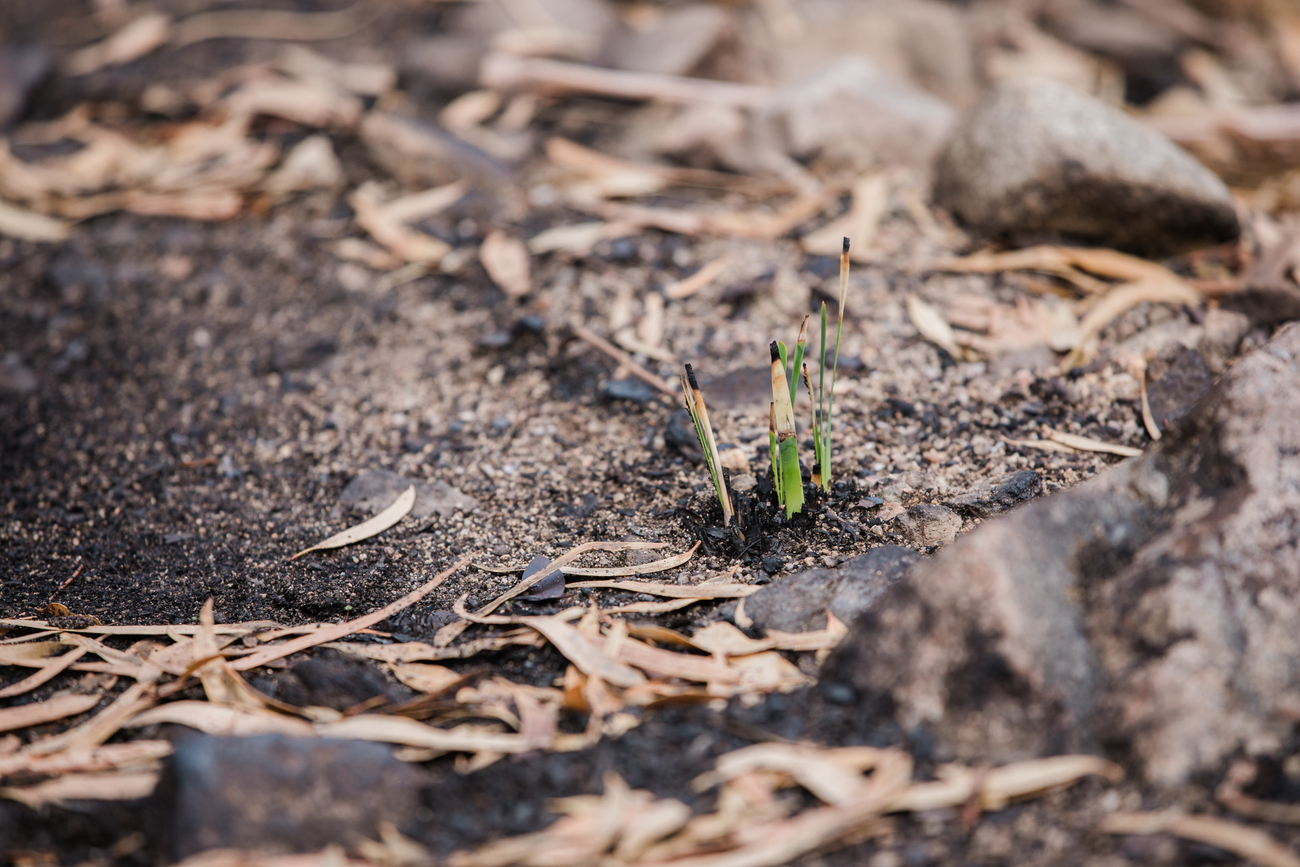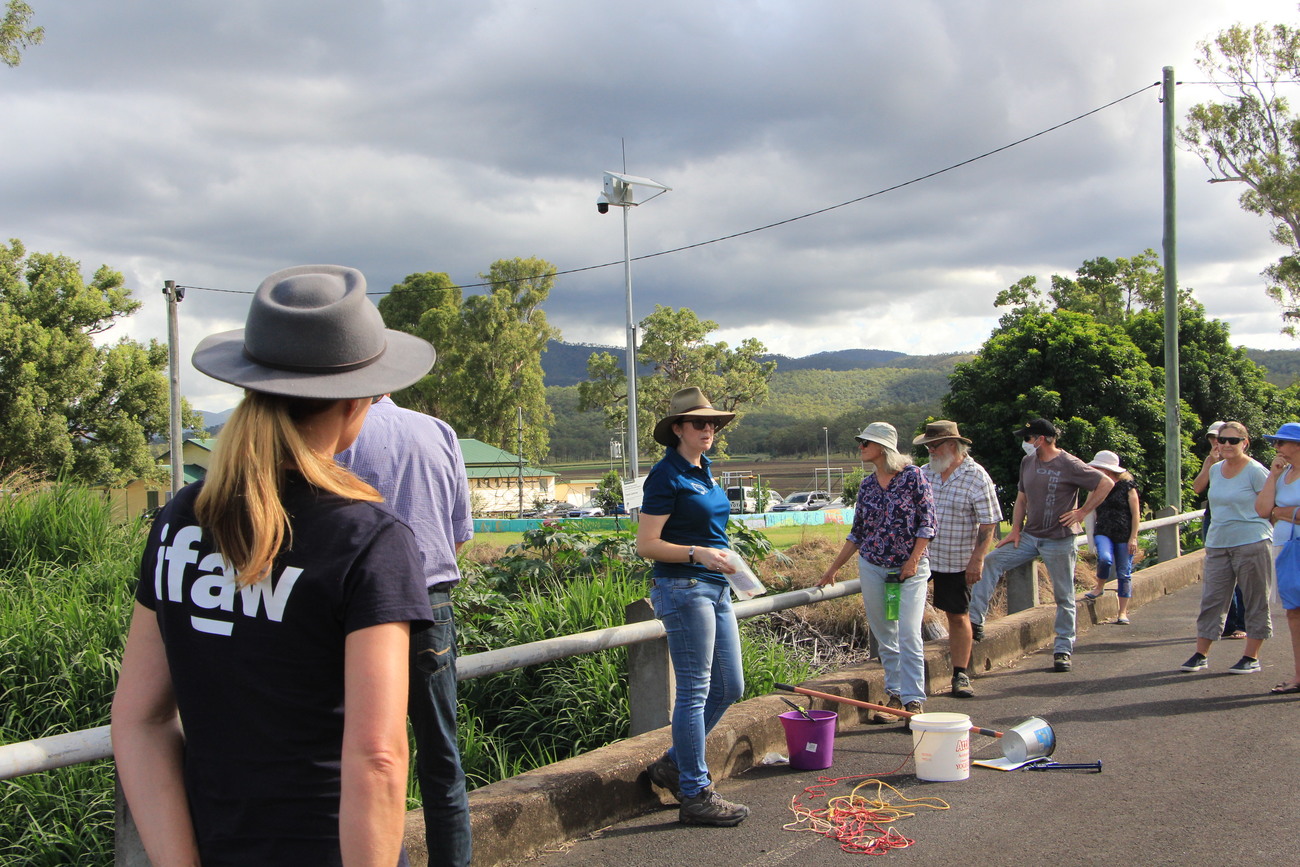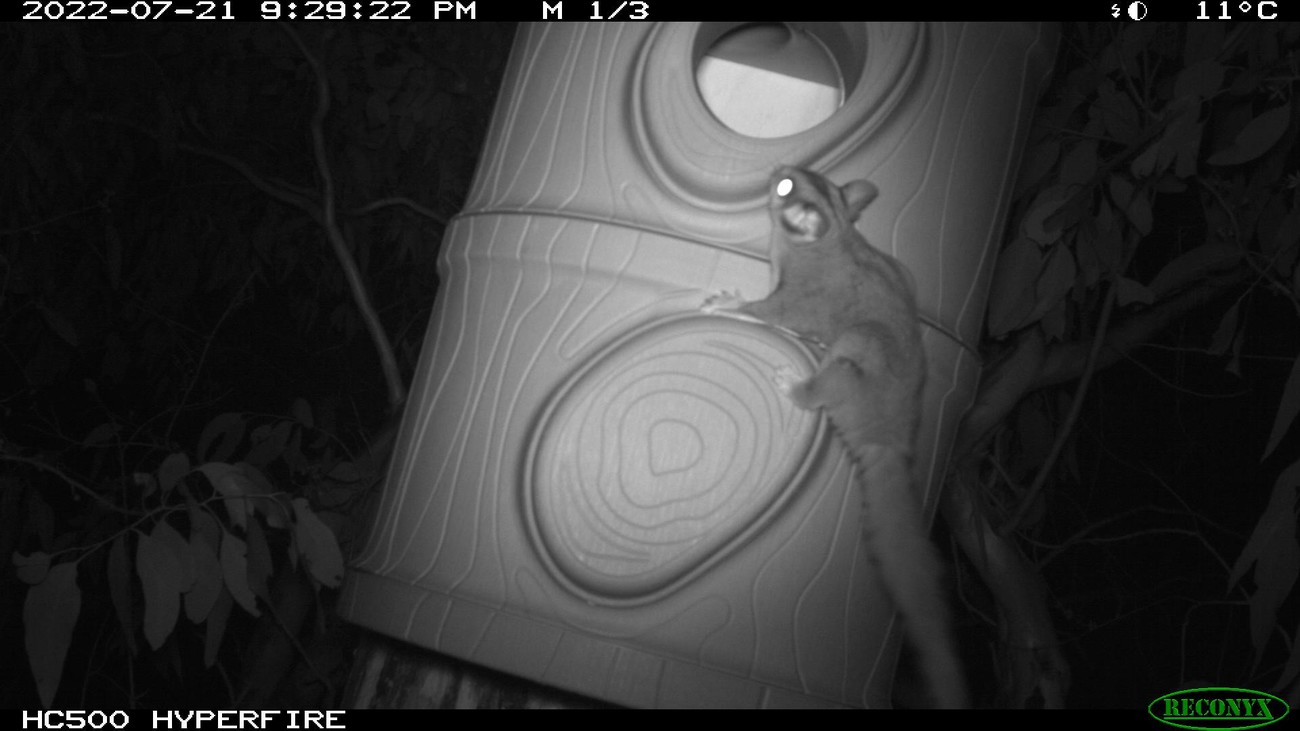connectivity and community in disaster recovery
connectivity and community in disaster recovery

Australia has been experiencing some of the worst impacts of climate change. It has, at times, felt relentless however, it has also opened our eyes to the power of people, community and collaboration.
The catastrophic Black Summer bushfires of 2019-20 put an international spotlight on the dangerous impacts of climate change. This was further amplified when two years later, the same communities impacted by the fires were devastated by unprecedented floods — four record-breaking floods in 18 months.
The human trauma of rebuilding is significant. The fear that some animals and ecosystems won’t bounce back is real.
IFAW (International Fund for Animal Welfare) knew the recovery would last well after the fires burnt out and the floodwaters receded. The landscape and the communities impacted would need to heal, and learn to become more resilient to what we’re now seeing more of — disasters.

Working together to heal after the bushfires
At the core of recovery is community and connectivity.
That’s why in mid-2020 we combined forces with the Great Eastern Ranges (GER) to promote community collaboration in landscape conservation by restoring habitats and creating wildlife corridors across 3,600 kilometres of Australia’s east coast.
One year later, we saw an opportunity to extend our support and help people and animals better adapt to the already emerging impacts of changes to our climate and environment.
We embarked on a 12-month critical bushfire recovery project to help communities, wildlife and landscapes heal. The recovery projects target three priority landscapes which were impacted by the bushfires in Queensland and New South Wales (NSW) - the Lockyer Valley, Southern Border Ranges and Greater Blue Mountains.
We’ve been working to roll out these projects with GER and their network of regional and local conservation, Indigenous and community groups, scientific experts and private landholders.
But, in the middle of our project roll out, catastrophic floods absolutely devastated communities, landscapes and wildlife across the same areas we were working in — the same areas which were already reeling from the 2019-20 bushfires.

Building community resilience against natural disasters
We recognised our work needed to focus not just on bushfire recovery — but disaster recovery and importantly, building community resilience against these extreme weather events.
While the projects span states, towns and cities — at the core is our combined aim to increase connectivity among landscapes and communities. Connectivity is more important now than ever with climate change continuing to impact liveability in areas and increasing the frequency and intensity of disasters. The 2019-20 bushfires and 2022 floods further fragmented landscapes already broken by land clearing and development.
That’s why our partnership with GER and their regional networks is so critical. Together, we’re determined to enhance habitat, restore and connect the places wildlife call home — so animals and people can have a better chance of surviving and thriving together.

Working together to find solutions
For recovery efforts to be successful and long lasting, they must be done in collaboration with local communities. Building capacity and resilience by providing opportunities for those affected to be part of the long-term solution.
Our projects include helping communities undertake fire and weed management as well as other environmental repair activities in and along waterways and on land and restoring the landscape so it can once again be a safe home for wildlife. We’re helping landholders identify the various species of wildlife that live on their properties and workshop ways they can enhance habitat suitability, for example building and installing nest boxes. This in turn gives wildlife greater spaces to move safely between properties, through community-established habitat corridors, and their local landscape.
We recognise we all have a part to play and by sharing ideas and working together, we’re giving our wildlife and communities the best chances of not only surviving but also thriving together into the future.
This crucial landscape restoration work is part of IFAW’s full-circle approach to conservation in Australia and our belief that every individual animal matters. We combine our own expertise and a valuable network of wildlife carers, to rescue sick, injured and orphaned animals, and provide the critical resources for their rehabilitation so they can be released back into the wild where they belong. Recognising the life-saving importance of preparedness, we also empower and equip wildlife carers and rescue groups to be prepared for disasters through workshops and guidelines.
By restoring and ensuring the long-term protection of critical landscapes, we’re providing safe places and room to roam for the animals we rescue and rehabilitate to be released into. All of this work is underpinned by working with the best scientists and experts in rehabilitation and land management to ensure people can and are empowered to live harmoniously with wildlife.
Interested in connectivity and conservation?
Register for the Connecting People, Connecting Nature conference hosted by our partners at the Great Eastern Ranges. We're so excited to be sponsors of this event which features an impressive panel of presenters including our very own Vice President of Global Programs Jimmiel Mandima.

Related content
Our work can’t get done without you. Please give what you can to help animals thrive.